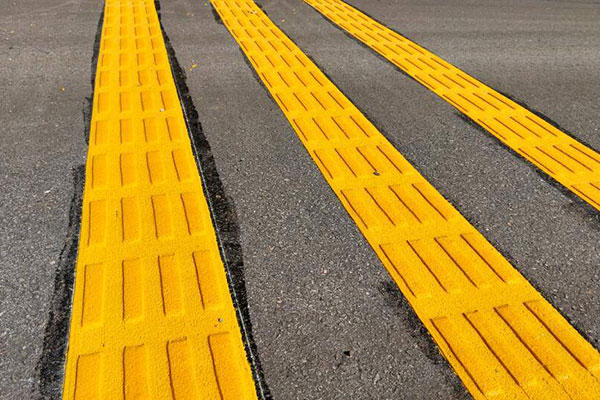Primer for Thermoplastic Road Marking Paint: Benefits and Application
When it comes to enhancing road safety and visibility, thermoplastic road marking paint stands out as a reliable solution. This durable and highly reflective material is widely used for marking lanes, crosswalks, and other traffic patterns on road surfaces. To ensure the optimal performance of thermoplastic road marking paint, it’s crucial to understand the importance of priming. In this article, we’ll delve into the world of thermoplastic road marking paint primer, exploring its benefits and the proper application techniques.

Understanding Thermoplastic Road Marking Paint:
Before we dive into the specifics of primer, let’s briefly understand what thermoplastic road marking paint is. Thermoplastic road marking paint is a type of road marking material that consists of pigments, binders, glass beads, and filler materials. It is known for its durability, high reflectivity, and quick drying time, making it a preferred choice for road markings.
The Role of Primer in Thermoplastic Road Marking:
Primer plays a crucial role in ensuring the adhesion and longevity of thermoplastic road marking paint. Here are some key benefits of using primer:
Surface Preparation:
Primer helps prepare the road surface by creating a bonding layer. It ensures that the thermoplastic paint adheres securely to the road, preventing peeling or flaking over time.
Improved Adhesion:
The application of primer enhances the adhesion between the thermoplastic paint and the road surface. This is essential for creating long-lasting and durable road markings that can withstand varying weather conditions and heavy traffic.
Enhanced Reflectivity:
By promoting better adhesion, primer contributes to the overall reflectivity of thermoplastic road markings. This is crucial for improving visibility, especially during low-light conditions or adverse weather.
Application Techniques:
Proper application of primer is vital for achieving optimal results. Here’s a step-by-step guide to the application process:
- Surface Cleaning: Begin by thoroughly cleaning the road surface to remove any dirt, dust, or debris. A clean surface ensures better adhesion.
- Primer Application: Apply the primer evenly across the designated area using a suitable applicator. Ensure that the primer layer is uniform and covers the entire surface intended for marking.
- Drying Time: Allow the primer to dry completely before applying the thermoplastic paint. The drying time may vary depending on the specific primer used, but it typically ranges from 15 minutes to a few hours.
- Thermoplastic Paint Application: Once the primer is dry, proceed with the application of thermoplastic road marking paint. Follow the recommended guidelines for mixing and application to achieve the desired thickness and reflectivity.
- Glass Beads Embedded: After applying the thermoplastic paint, embed glass beads into the wet surface to enhance reflectivity. This step is crucial for ensuring that road markings are visible to drivers, especially at night.
Conclusion:
The primer for thermoplastic road marking paint plays a pivotal role in ensuring the effectiveness and longevity of road markings. By understanding the benefits of primer and following proper application techniques, road authorities and contractors can contribute to safer and more visible roadways. Investing in quality primer and adhering to best practices in surface preparation will undoubtedly lead to road markings that withstand the test of time and provide optimal safety for all road users.
Where to Get Quality Primer for Thermoplastic Road Marking Paint?
RoadSky is a professional road marking material manufacturer and supplier, providing thermoplastic road marking paint primer, road marking machines and other products. If you are looking for road marking products for your project, you can contact us directly for more information.

